"Below in English"
We made a tribute to "Carlos Cruz Diez"
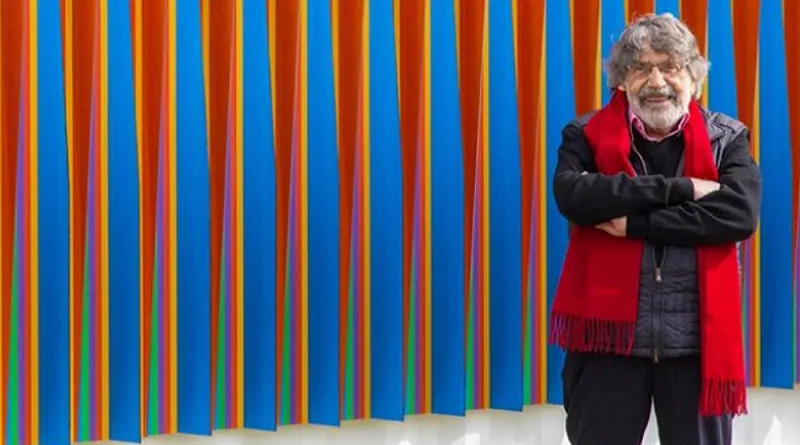
Let's start with Who was Carlos Cruz Diez? He was one of the most important figures, not only in kinetic art, but within the artistic expressions that were consolidated within the framework of the iconic 20th century. The artist, born in Caracas, Venezuela, was a magician of visual effects and often applied colorful mixtures on a single plane and produced colors that had not been applied, originating a virtual or subjective color, which is called "kineticism".
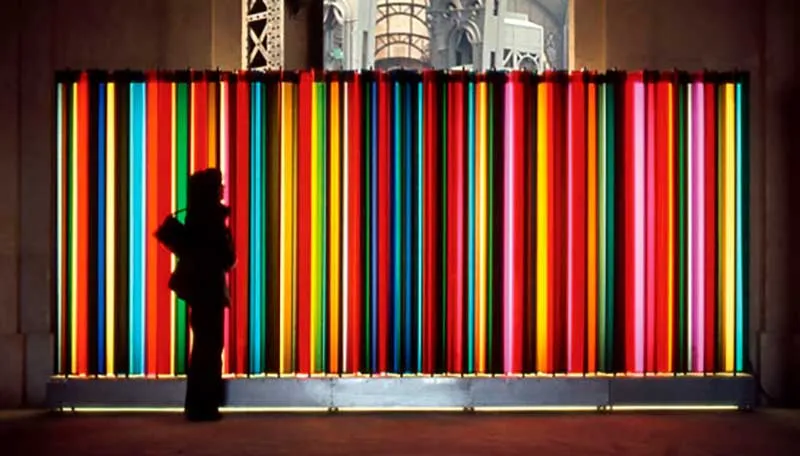
"Source : picnic.media"
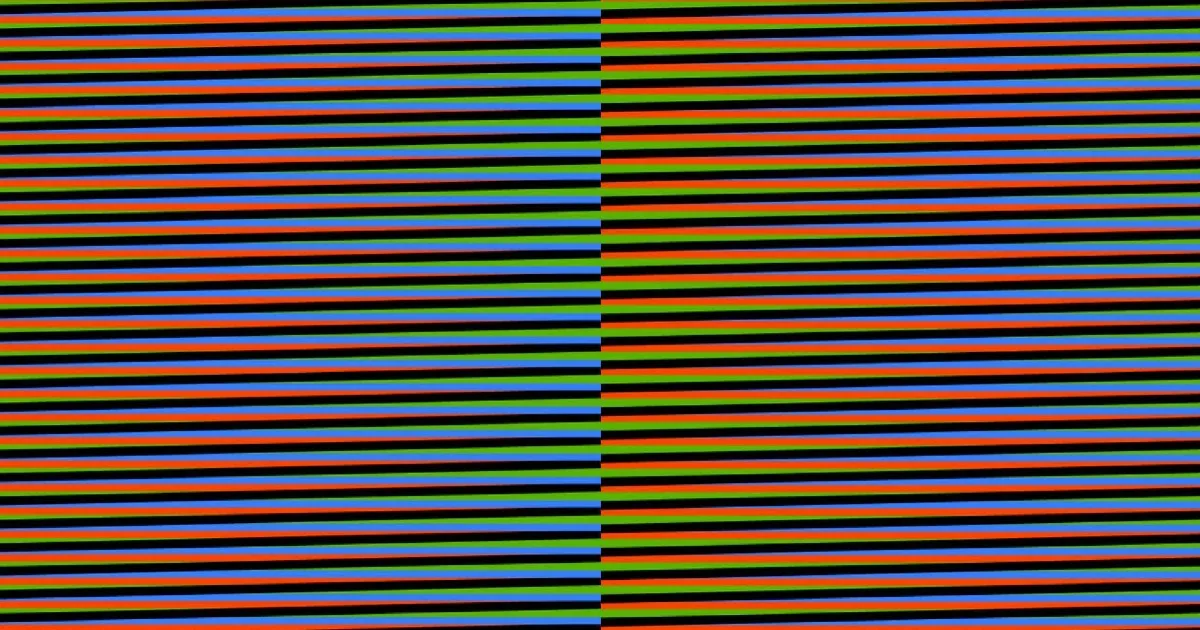
"Source : culturagenial"
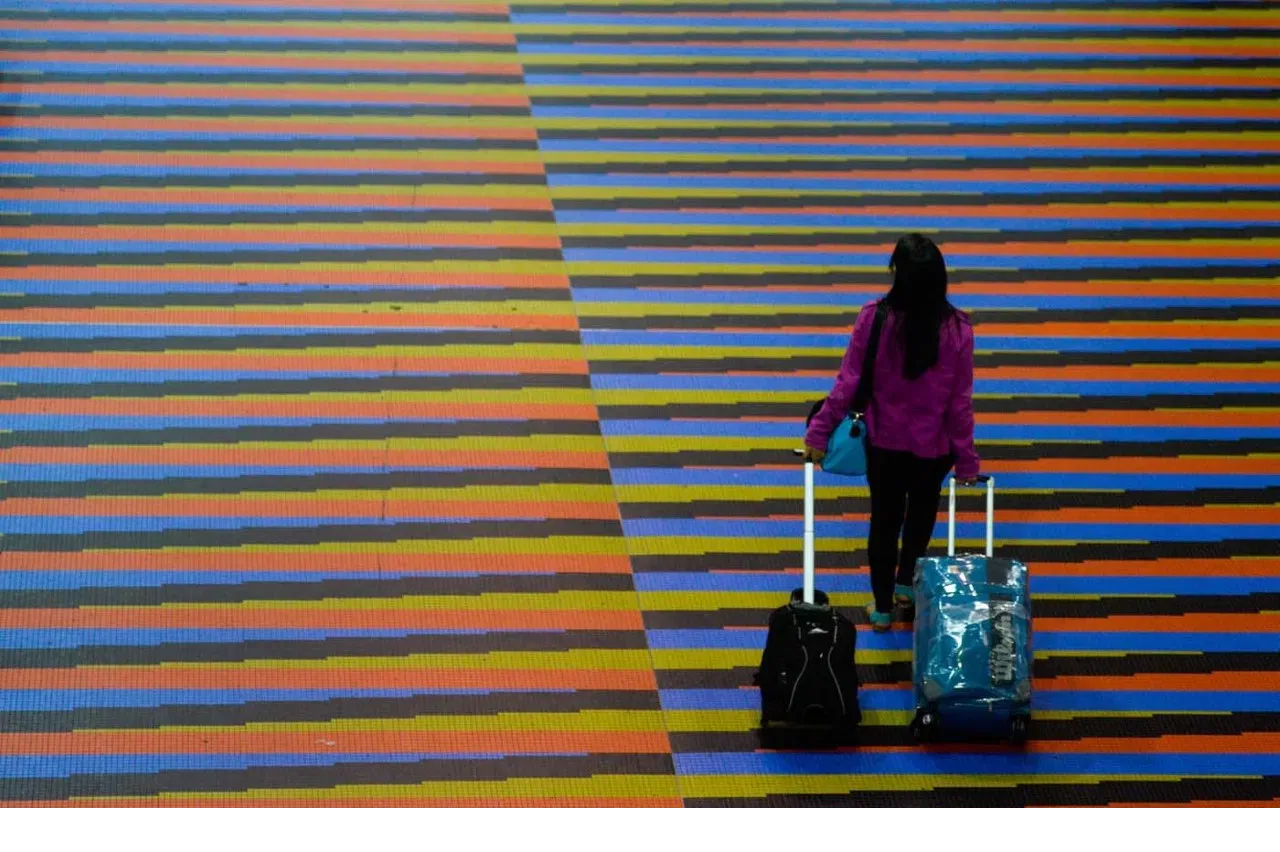
"Source : contextodiario"
Kineticism, or kinetic art, is an avant-garde trend of the twentieth century where the works present movement, although it differs from geometric abstraction in the fact that it is not the plane itself, as a form, that interests him, but the displacement of the image through an optical effect that is made dependent on the point of view or the mobility of the viewer. Unlike the rest of the other currents of the time, kineticism is distinguished by going against the static rhythms of plastic creation, and therefore, the art pieces interact with external elements, such as wind, water, light, among others.
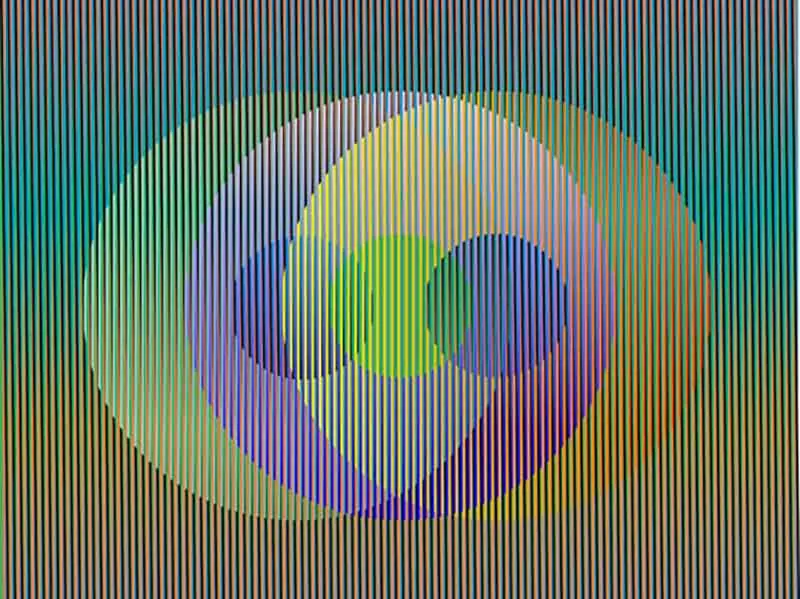
"Source : picnic.media"
(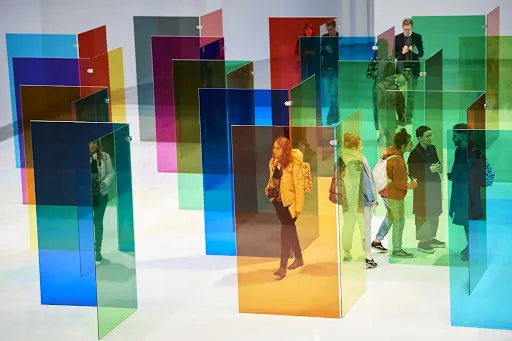 )
)
"Source : geometrica"
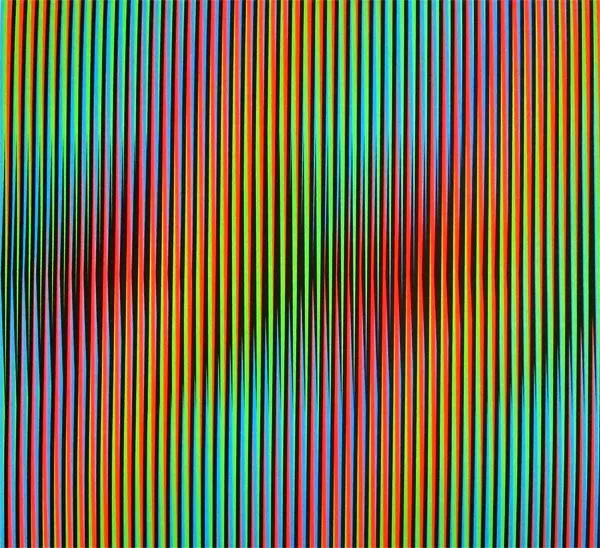
"Source :pinterest"
The artistic sensitivity of Cruz-Díez's works lies in their experimental character; the author did not seek an intimate art, as he considered it selfish: and although he worked based on patterns, rhythms and systems, for him, art should be experienced, lived and shared. For this reason, he focused on recreating an environment conducive for people to experience art, fostering interactivity between the work and its observer.
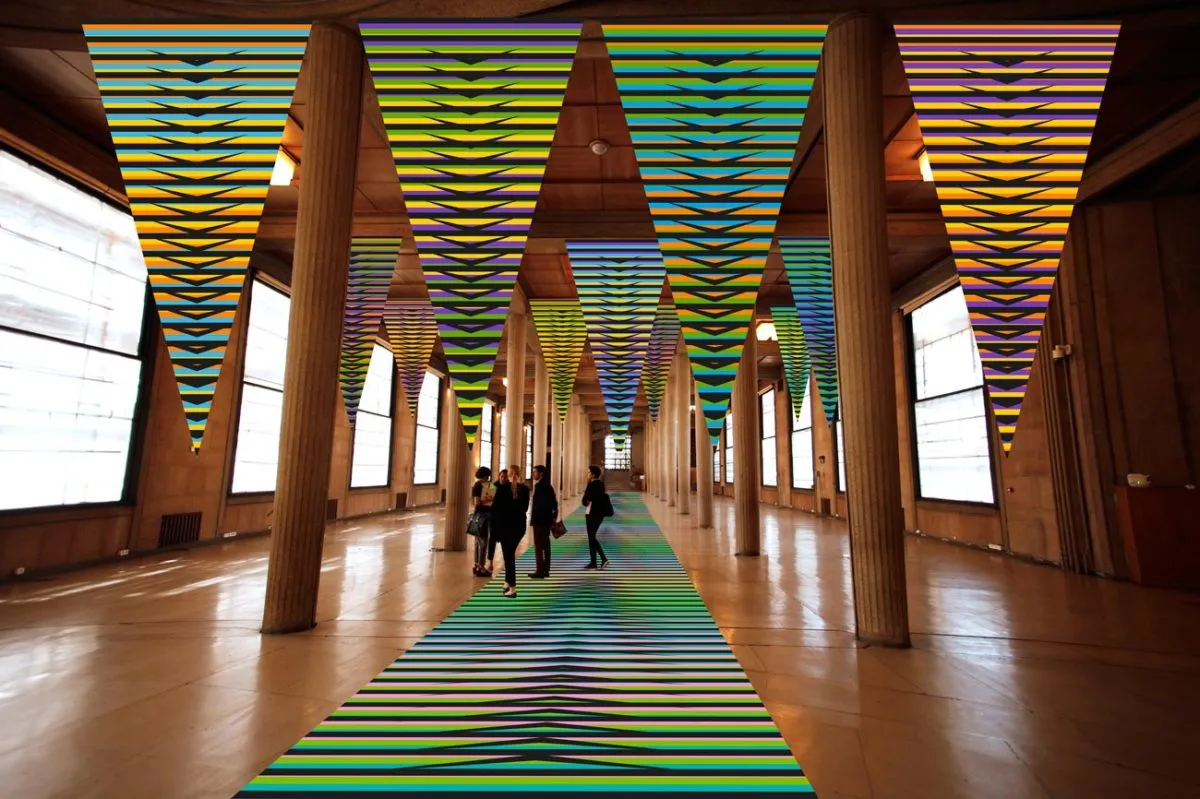
"Source :lustermagazine"
A few months after his death, my university classmates at the architecture school and I elaborated a small tribute to his work, this tribute was placed in the central hallway of the faculty. The tribute consisted of placing some of his most iconic textures of scientism and integrate it into the floor of the hallway of the faculty, this same anudo to a poster that we developed digitally and printed with one of his phrases.
Some pictures taken
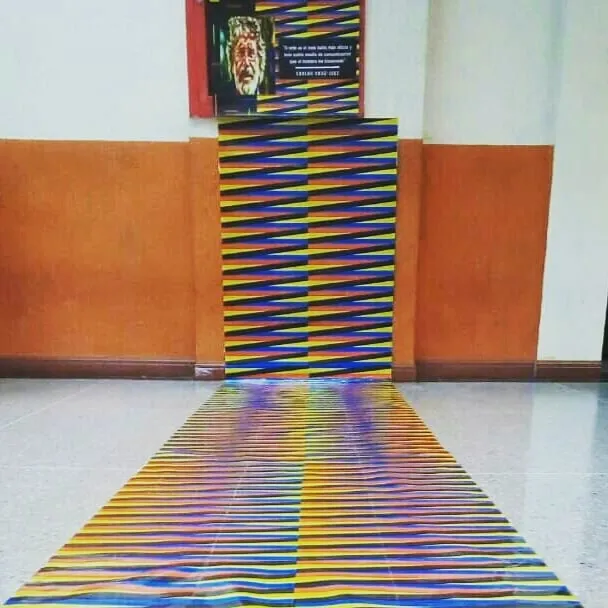
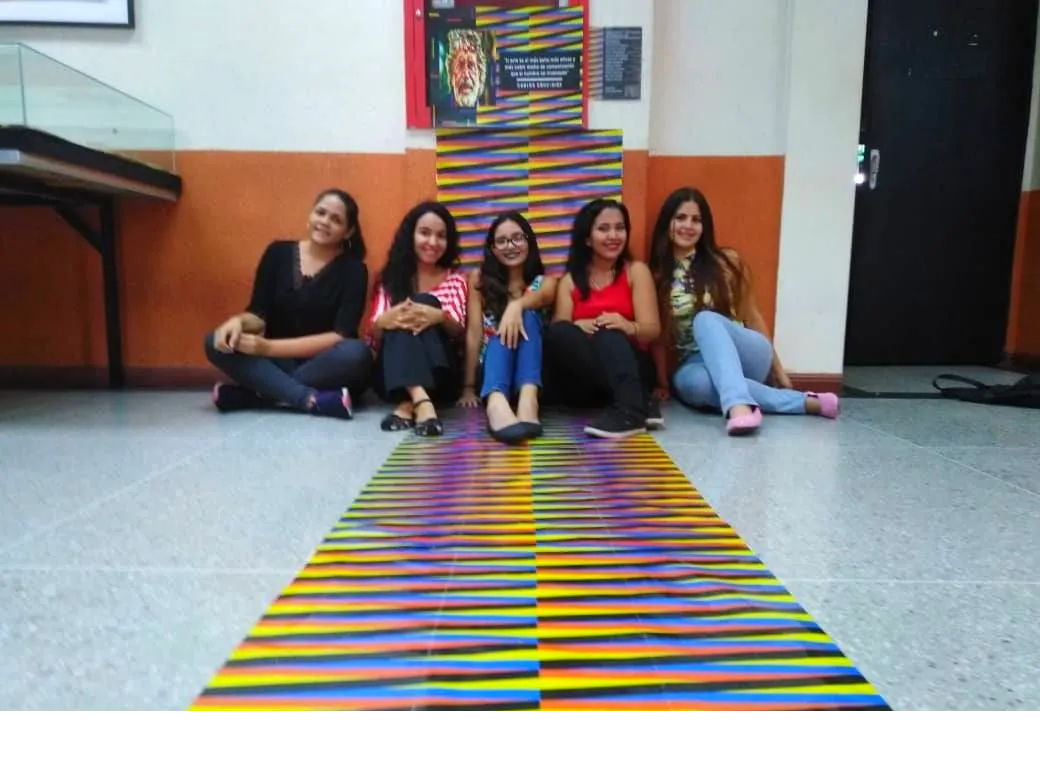
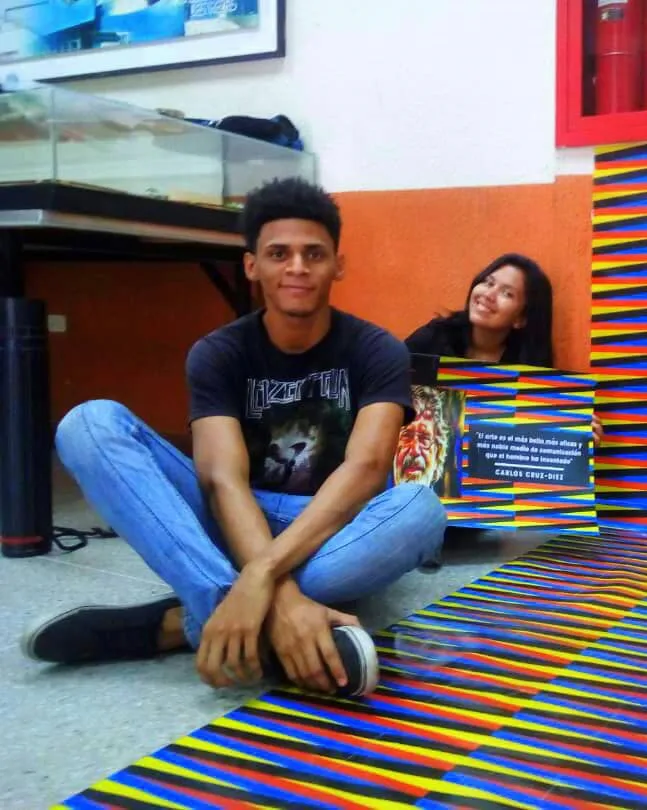
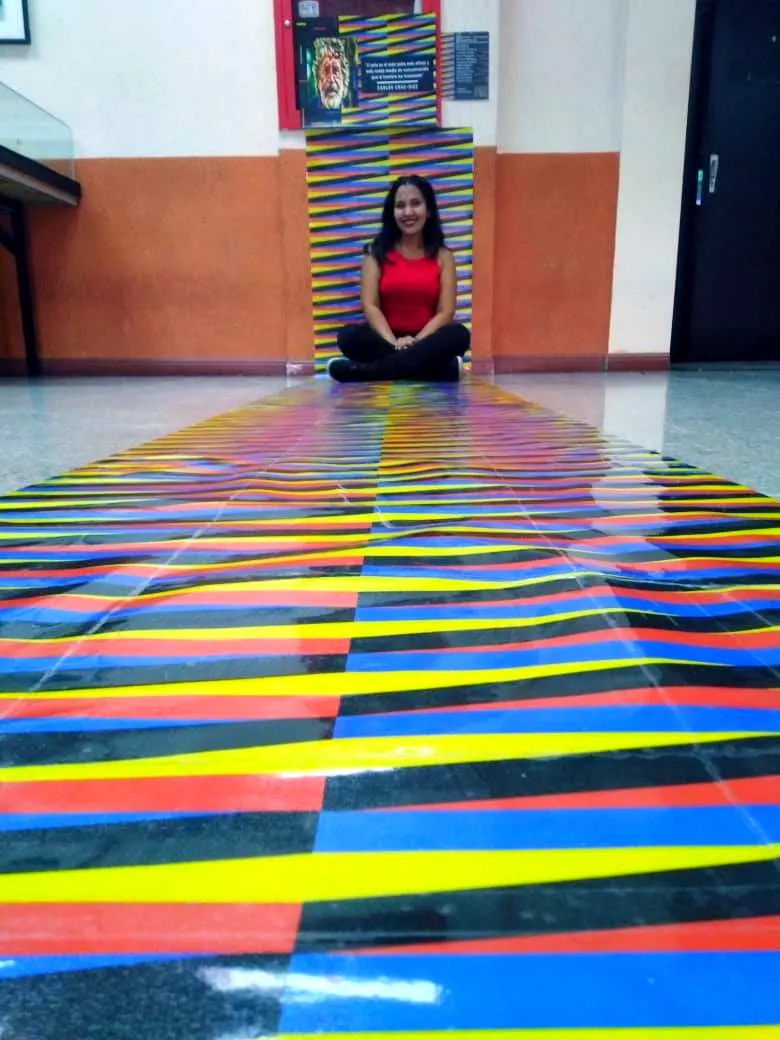

"Me and my friends after we had finished placing it."
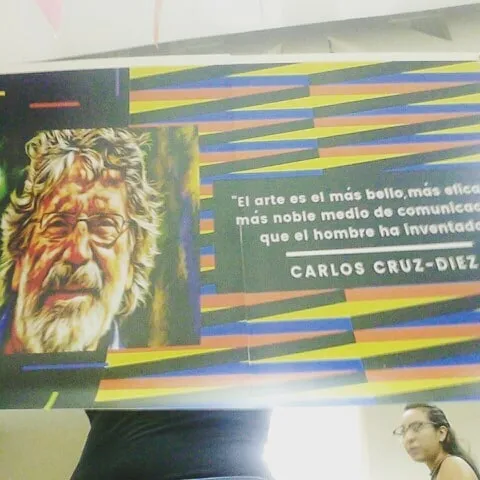
"Poster produced digitized and printed"
I would like to give credit to my fellow architects and colleagues, for the group realization of this work.
- Jossaidy Peralta
- Barbara Rodriguez
- Rosyhelen Oliveros
- Sebastian Castaño
- Albana Dorta
- Angel Delgado
- Nohel Rodriguez.
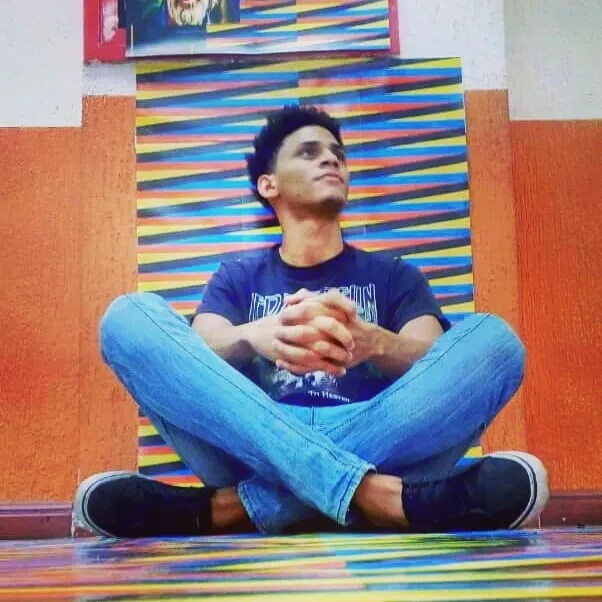
🤎✌️🎨"With nothing more to add I say goodbye, I hope you liked this post, thanks for reading".🤎✌️🎨
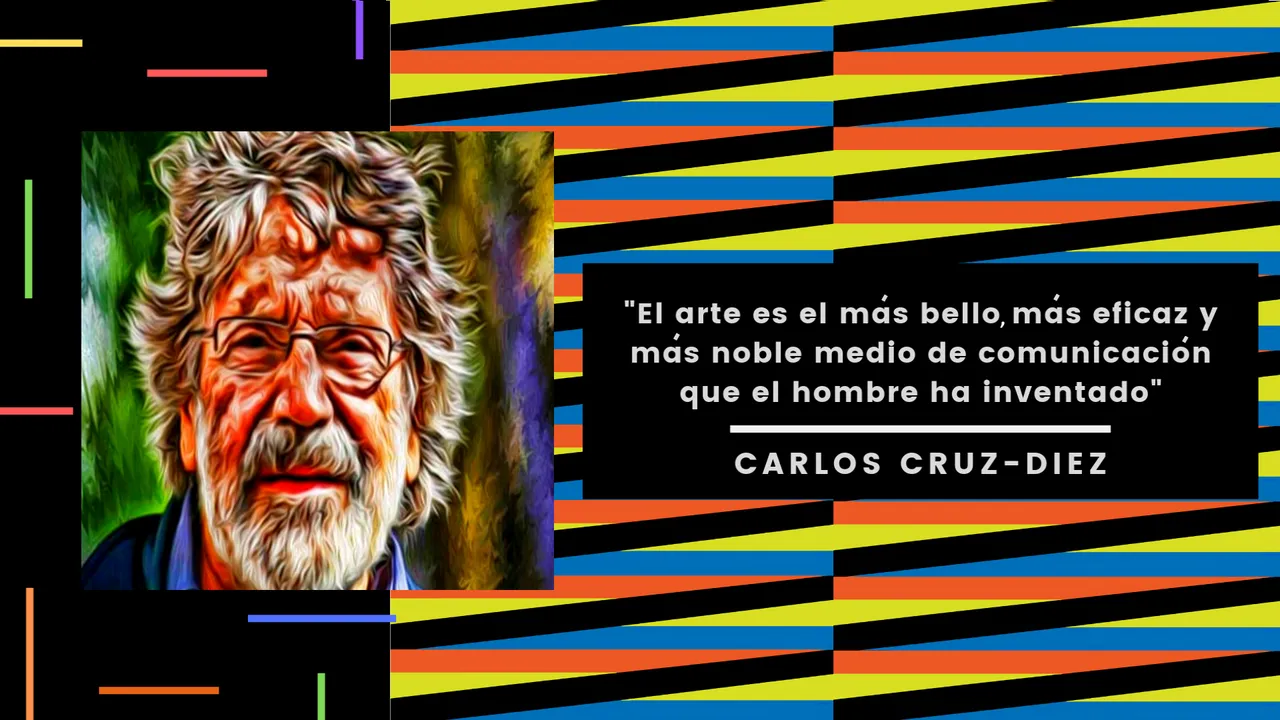
"Ahora en Español"
Hicimos un tributo a "Carlos Cruz Diez"

Empecemos por ¿Quién fue Carlos Cruz Díez? Fue una de las figuras más importantes, no sólo del arte cinético, sino dentro de las expresiones artísticas que se consolidaron en el marco del icónico siglo XX. El artista, nacido en Caracas, Venezuela, era un mago de los efectos visuales y a menudo aplicaba mezclas de colores en un solo plano y producía colores que no habían sido aplicados, originando un color virtual o subjetivo, lo que se llama "cinetismo".

"fuente : picnic.media"

"fuente : culturagenial"

"fuente : contextodiario"
El cinetismo, o arte cinético, es una corriente vanguardista del siglo XX en la que las obras presentan movimiento, aunque se diferencia de la abstracción geométrica en el hecho de que no es el plano en sí, como forma, lo que le interesa, sino el desplazamiento de la imagen a través de un efecto óptico que se hace depender del punto de vista o de la movilidad del espectador. A diferencia del resto de las corrientes de la época, el cinetismo se distingue por ir en contra de los ritmos estáticos de la creación plástica, por lo que las piezas de arte interactúan con elementos externos, como el viento, el agua, la luz, entre otros.

"fuente: picnic.media"
( )
)
"fuente : geometrica"

"fuente :pinterest"
La sensibilidad artística de las obras de Cruz-Díez radica en su carácter experimental; el autor no buscaba un arte íntimo, ya que lo consideraba egoísta: y aunque trabajaba en base a patrones, ritmos y sistemas, para él, el arte debía ser experimentado, vivido y compartido. Por ello, se centró en recrear un entorno propicio para que la gente experimentara el arte, fomentando la interactividad entre la obra y su observador.

"fuente :lustermagazine"
A los pocos meses de su muerte, mis compañeros de la universidad en la facultad de arquitectura y yo elaboramos un pequeño homenaje a su obra, este homenaje fue colocado en el pasillo central de la facultad. El homenaje consistió en colocar algunas de sus texturas más icónicas del cientificismo e integrarlo en el suelo del pasillo de la facultad, este mismo anudo a un cartel que elaboramos digitalmente e imprimimos con una de sus frases.
Algunas fotos tomadas.





"Mis amigos y yo después de terminar de colocarlo."

"Cartel producido digitalizado e impreso"
Me gustaría dar crédito a mis compañeros arquitectos , por la realización en grupo de este trabajo.
- Jossaidy Peralta
- Barbara Rodriguez
- Rosyhelen Oliveros
- Sebastian Castaño
- Albana Dorta
- Angel Delgado
- Nohel Rodriguez.

🤎✌️🎨"Sin nada más que añadir me despido, espero que os haya gustado este post, gracias por leer.".🤎✌️🎨






 )
)














 )
)









